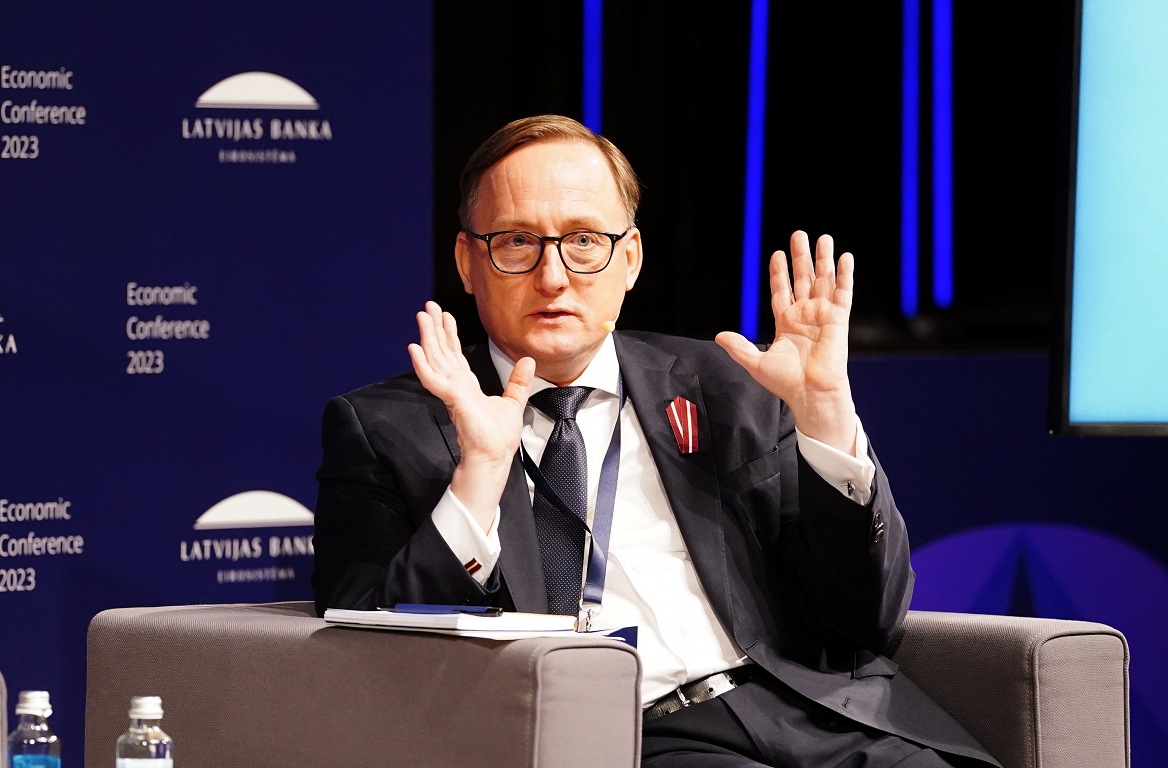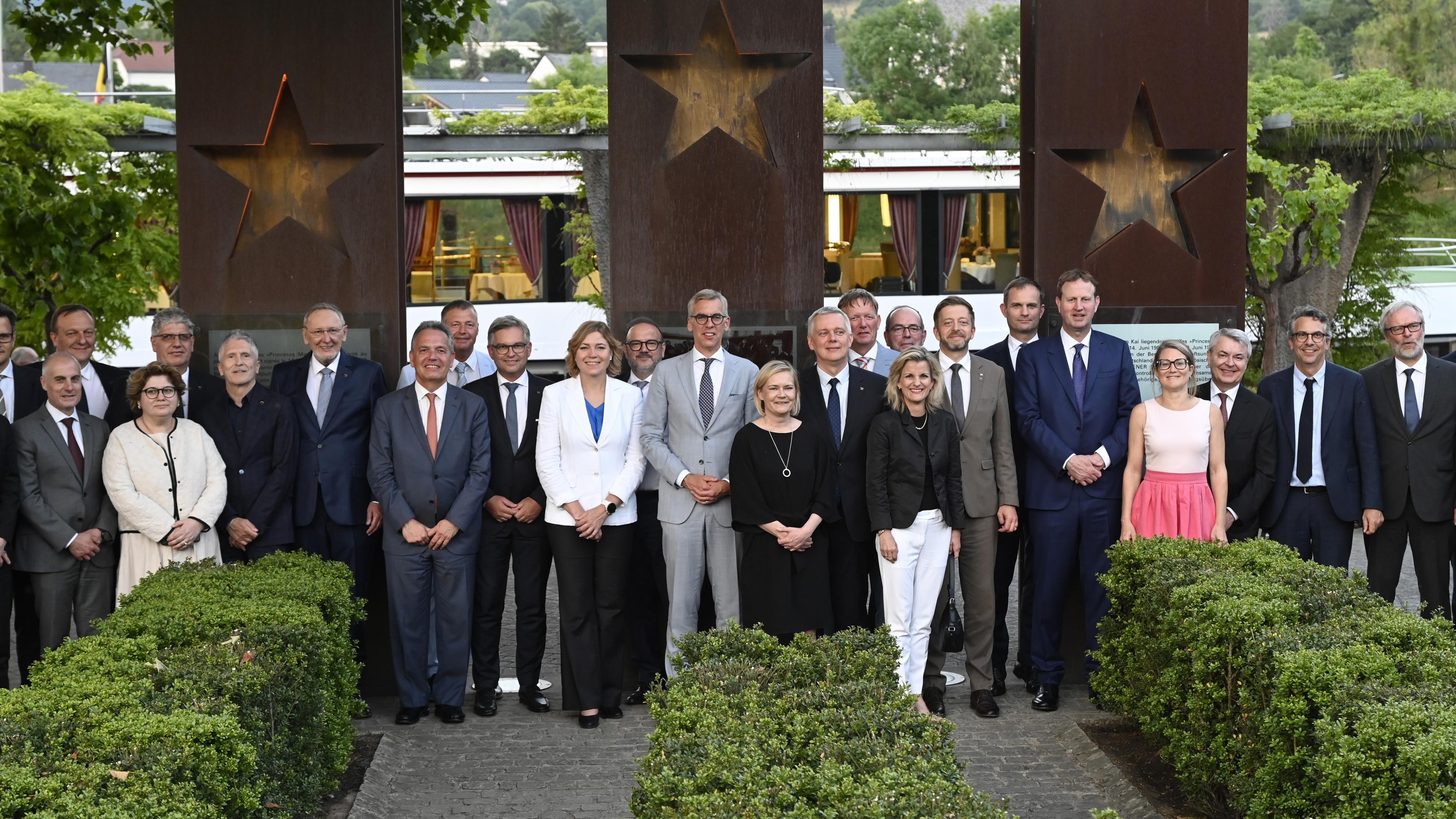Latvia has the most expensive groceries in the Baltics directly in the low price segment / day

He explained that the Bank of Latvia experts had compared various commodity groups in retail goods networks in Latvia, Estonia and Lithuania, and concluded that the prices in Latvia are the highest in the lower price segment in Latvia.
Looking at the two largest retail chains, it has been concluded that both of them have a very similar price level, sometimes even to cents. The same network in Estonia and Lithuania, on the other hand, sells the same goods at a lower price.
« It is not important how food products are, but how they are pricing, » Kazak explained, adding that in Latvia the same networks operating in Lithuania and Estonia are more expensive.
He also stressed that this problem is most visible in the low -cost segment, as the average price segment in Latvia tends to be cheaper than in Lithuania and Estonia.
When it comes to potential solutions, Kazak said he needed a clear solution to compare prices, and « the buyer must challenge his shop ».
He also mentioned the memorandum of food prices concluded by the Ministry of Economics (MoE), stating that one of the solutions it offers is the price comparison tool. Kazak said that prices need to be compared not only, for example, in Rimi and Maxima store chains in Latvia, but also in these stores in Lithuania and Estonia.
Kazaks also emphasized that the problem is in the competition, explaining that there are different models of competition – « bloody battle », where everyone is trying to take more bumps, or the situation where the biggest determines the price and the smallest adapts.
He also added that if one of the players in the market were to change the strategy and switched to the lowest price goods, it would change a lot in the overall situation.
Kazaks emphasized that the Bank of Latvia could help with analysis, but the EM or the Competition Council can address this situation.
It has already been reported that a Memorandum was signed on May 27 this year on food prices. The Memorandum provides for the introduction of a low price food basket, the introduction of a price comparison tool, as well as increasing the share of local products in stores.
The creation of a low -priced food basket will provide that at least one product with the lowest price category will be provided in the ten categories of goods, and with a certain regularity, the products will be changed to other products from the same category.
The price comparison tool, on the other hand, is expected to transfer the lowest prices to the Central Statistical Bureau (CSB) once a day, which will publish them. The data will be available for different price comparison tools and will be made public on the EM website.
At the same time, the implementation of the price comparison tool requires changes to the Consumer Rights Protection Act so that traders are obliged to provide this data to the CSB.
Memorandum also provides for local food promotion campaigns.
The Memorandum was signed by Minister of Economics Viktors Valainis (ZZS), Noris Krūzītis, Executive Director of the Latvian Food Traders Association, Janis Endziņš, Chairman of the Board of the LCCI, and Janis Šolks, Chairman of the Board of the Latvian Dairy Farmers’ Central Union.
The Memorandum was also signed by Ināra Šure, Chairman of the Council of the Latvian Food Enterprises Federation, Guntis Gutmanis, Chairman of the Board of the Agricultural Organizations Cooperation Council, Juris Lazdiņš, Chairman of the Board of the Peasant Saeima, Zaiga Liepiņa, Director of the Consumer Rights Protection Center and other partners.
The goal set by the EM is to achieve a 20% reduction in the need for the most necessary grocery groups, as well as to increase the proportion of Latvian food in stores.






/s3/static.nrc.nl/images/gn4/stripped/data133615290-04e8aa.jpg|https://images.nrc.nl/Mn9gcLmfBeN30c5Kb6jgj9ulx2g=/1920x/filters:no_upscale()/s3/static.nrc.nl/images/gn4/stripped/data133615290-04e8aa.jpg|https://images.nrc.nl/pNasZrNExaJJyKL5h90IFhnGP84=/5760x/filters:no_upscale()/s3/static.nrc.nl/images/gn4/stripped/data133615290-04e8aa.jpg)
